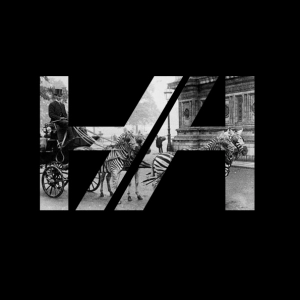
The Victorians were an enterprising and resourceful crowd. Everything from dust, chimney soot and even dog mess – that was used in the tanning industry – could be recycled and reused again. Victorian society despised waste and took every step possible to avoid it, even if that meant deadly consequences.
Milk in early Victorian London had become difficult for shop proprietors to obtain. With the sprawling city pushing dairy farmers further away and no effective form of refrigeration, it had become strenuous to transport to the inner-city masses. While there were a few cow sheds within the gloomy city limits, they produced too little for the demand and the abhorrent condition the cows were kept in made their produce extremely questionable. As railways started to crisscross the country mass transit of goods became a realised reality for many industrial sectors including dairy. Early morning goods trains brought this liquid quickly from the countryside into the teeming city which collectively sighed in relief but this, however, did not stop large amounts of the milk from spoiling due to non-refrigeration.
The enterprising Victorians turned to science. It was found that by adding boracic acid to spoilt milk it removed both the sour taste and the foul smell thus making it perfect for consumption, or so they thought. This was considered a wonderful discovery and celebrated by Victorian housewives as the milk was seen to have been purified. The tip was even recommended by the Victorian housewife’s deity, Mrs Beeton who said that boracic was, “quite a harmless addition.” Sadly, she was gravely incorrect.
Although borax acid had made the milk drinkable it was an aggressively toxic chemical. Even in small amounts it could cause nausea, vomiting, abdominal pain and diarrhoea and considering one of the biggest consumers of milk are babies and small children, this could prove fatal. Alongside this danger, the borax did not remove the bacteria that had evolved during the spoiling process, in large quantities, which had given the milk its sour taste and smell. This bacterial breeding ground provided a perfect habitat for Bovine TB to multiply. Bovine TB was found in large quantities of milk produced for human consumption during this period which had a high potential of causing tuberculosis in humans.
It is difficult to estimate how many died due to the effects of boracic acid or of the bacterial swamp which was masked by this miraculous ‘purifying powder’. The effects were unconnected for years and the effects unabated until the introduction of pasteurisation which killed off much of the bacteria in the milk. Advances in transport, refrigeration and in scientific knowledge eventually lead to milk that could be kept fresh, free for dangerous bacteria and without the need for boric acid that we enjoy today.
Image taken from Gentle author, Charles Spurgeon’s Londoners: http://spitalfieldslife.com/2014/03/09/charles-spurgeons-londoners/













